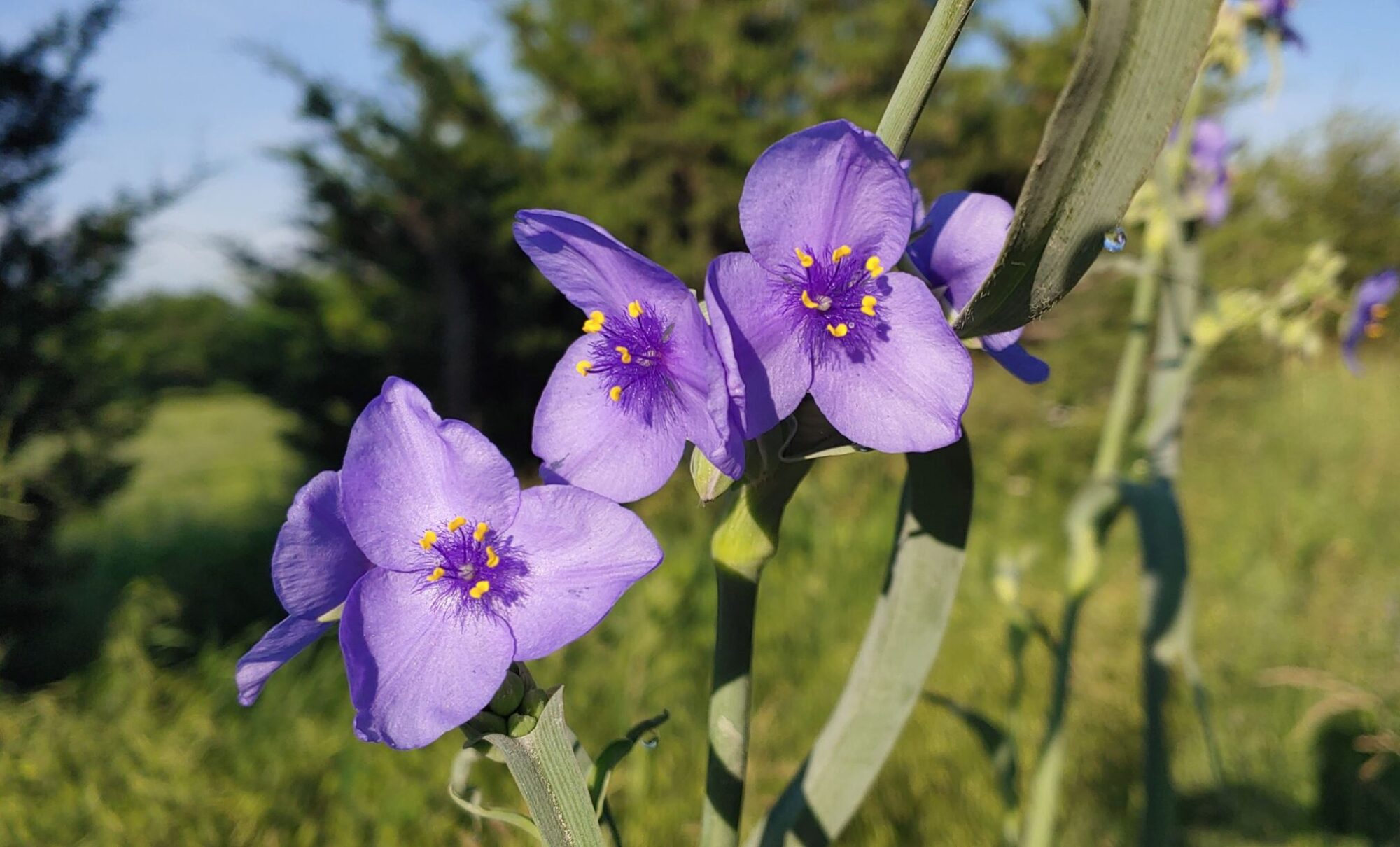I’ve been making my own apple cider vinegar long enough I really don’t know how much it costs per quart at the store anymore. But, I’m pretty sure homemade costs less and taste better than store bought. If you’re using apples for any apple dish, you can make your own apple cider vinegar.
The first time I made it, I couldn’t believe there wasn’t more to it. I kept thinking I was leaving something out, but it really is that easy.
Getting It Together
Any time you use apples for a pie, apple crunch, applesauce or apple butter, or a batch of anything else apple, save all your scraps, including cores, seeds, peals, everything, then stuff them tight into a quart jar, or 2 if you need to.
In a separate container mix 1 TBLP of sugar to every 1 Cup of water. Stir to dissolve the sugar and pour over the apples in the quart jar. The end result you’re looking for is to cover the scraps in the jar with the sugar water.
At this point you don’t want to cover it tightly. The sugar water mixed with the apple scraps will make the apples begin to ferment. The fermentation process, creates a gas which needs to be released. So you don’t want to cover the jar with a solid lid. I use ball canning jars and instead of using solid lids, I use coffee filters and fit them down with the canning rings. This keeps any little critters out of the mix and still allows the gasses created from the fermentation to pass through and escape.
When you finish putting it together it will look something like this.

This picture was taken September 23, 2018.
Let it Sit
So now all that’s left is to let it sit in a dark, warm place for several weeks.
Depending on how strong you want your vinegar, it can take anywhere from 2 to 4 weeks.
During that time check the jars occasionally to make sure the apple pieces are below the liquid and that any white scummy foam that shows up is spooned off.

This was taken Oct. 14, 2108. I think it still needs another week, for my taste.
After your 2 to 4 weeks, strain it and jar it up. I’m telling ya, it smells awesome when you’re done. Drop the strained pieces in the compost pile and now you have….Easy Homemade Apple Cider Vinegar.
I never would have thought of apple cider vinegar as smelling good. But the difference in what you make at home compared to what you buy in the store is huge. Homemade smells and tastes so good.
I’m still learning how to cook with ACV. I know the amount of flavor this adds to a dish from experience, but I’m still learning to just remember to use it.
There are so many things that I haven’t tried because I’m afraid “it can’t be that easy”. So don’t let yourself overthink it to the point that it scares you, because it really is that easy. Give it a try and let me know in the comments below your results or any other recipes you’ve used.
Easy Homemade Apple Cider Vinegar
- Use any and all scraps from any apple dish you may make, including apple pies, applesauce, apple butter, an apple crisp or any other version thereof.
- Put all scraps, packed tightly into quart or pint jars.
- Mix 1 TBL of sugar per every cup of water in a separate container and pour over the apple scraps in the jars to just cover the scraps.
- Cover with a coffee filter or something similar, sufficient to allow the gasses produced by the fermentation process to escape.
- Set in a warm, dark spot for 2-4 weeks.
- Check every few days, to ensure all apple parts are submerged in the sugar water. And to ensure any foam or scummy looking foam is spooned off.
- After the first few weeks, every time you check it, just give it a smell. This is more personal preference than science. If you like a little stronger taste, then let it sit a week or so more. If you like a lighter taste, then maybe 2 weeks is all you need.
- Once it’s set to your desired taste, strain all the apple parts out and toss them in the compost.
- Bottle your apple cider vinegar and label with the date you made it.
This can be used for any kind of cooking you would regularly use apple cider vinegar for.
Let me know in the comments how you use Apple Cider Vinegar.
Share this recipe with anyone you think might enjoy trying to make apple cider vinegar for themselves. And don’t forget to subscribe to get a notification anytime a new diy or homemade post is made.
Enjoy









